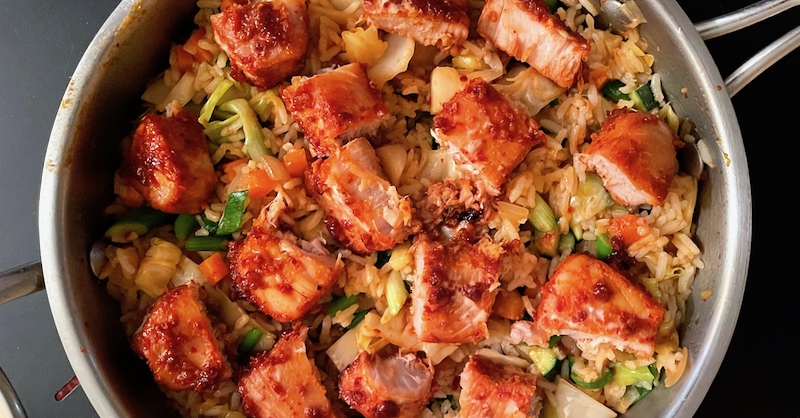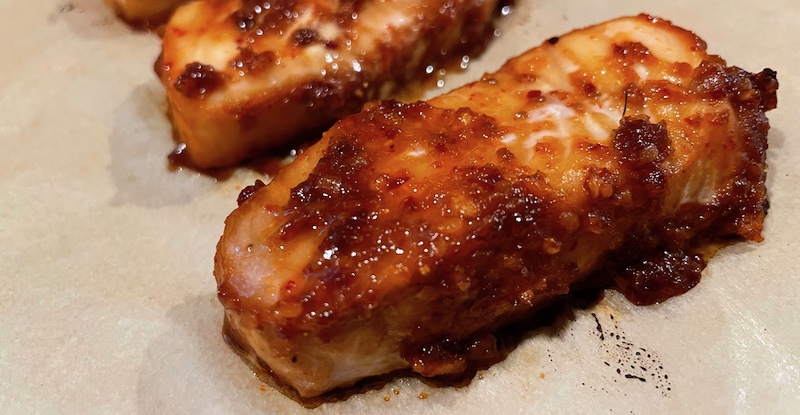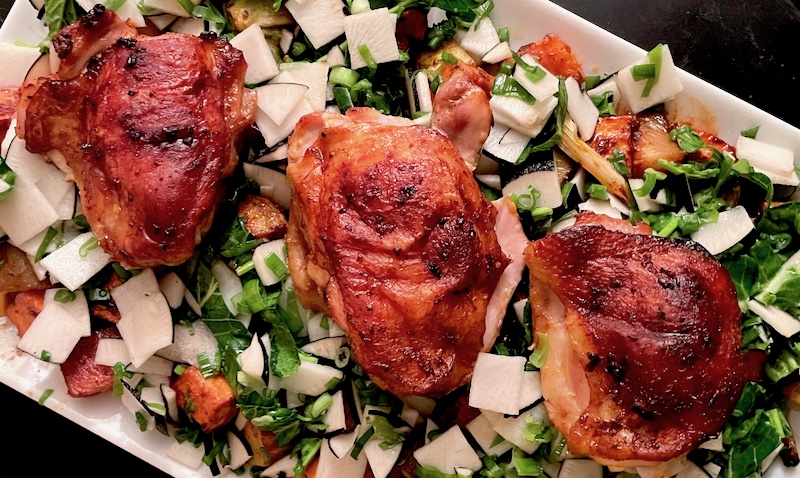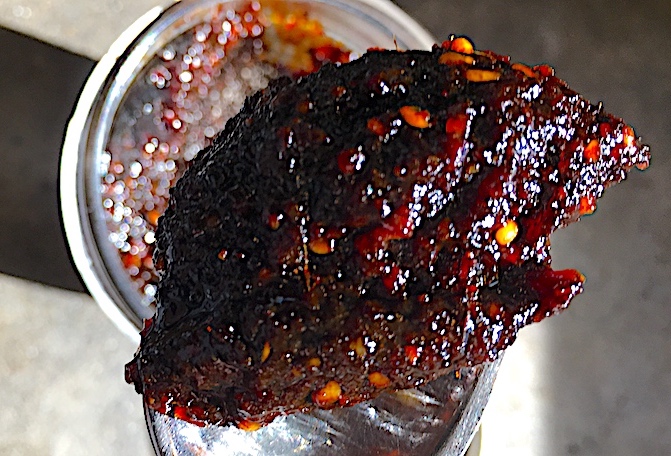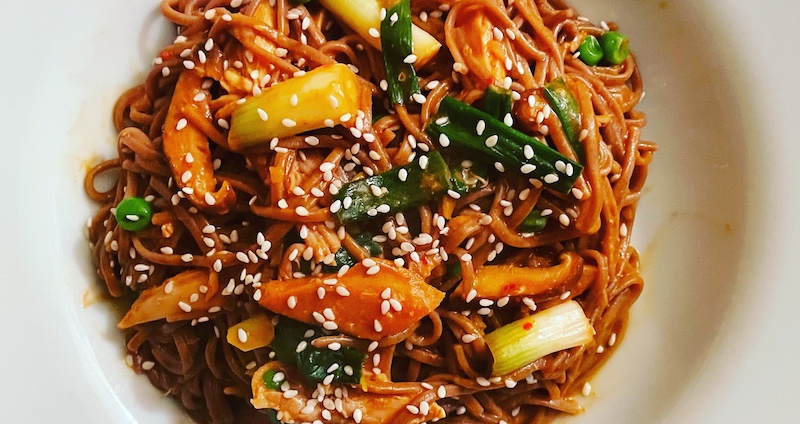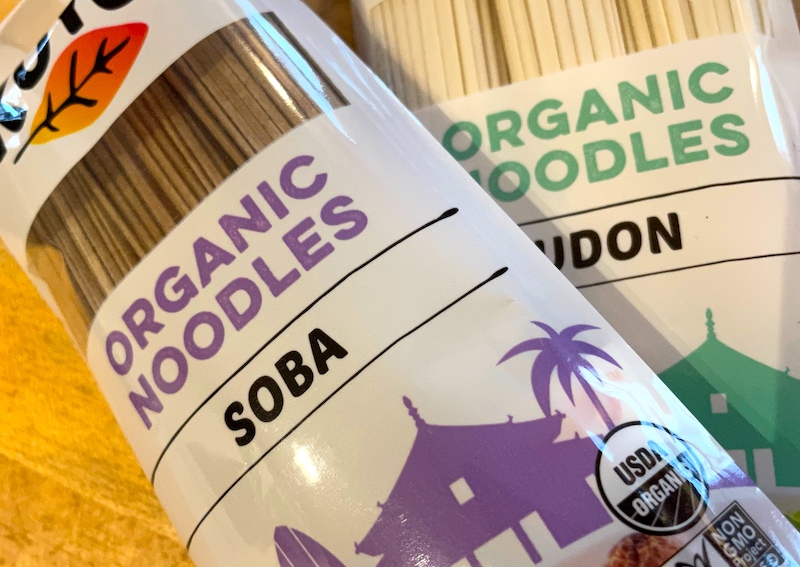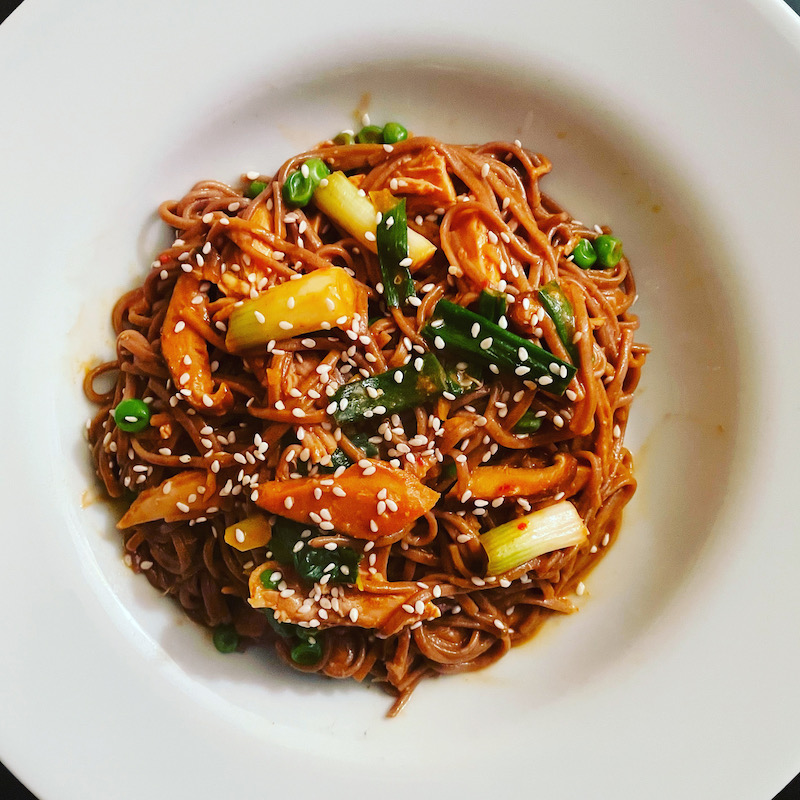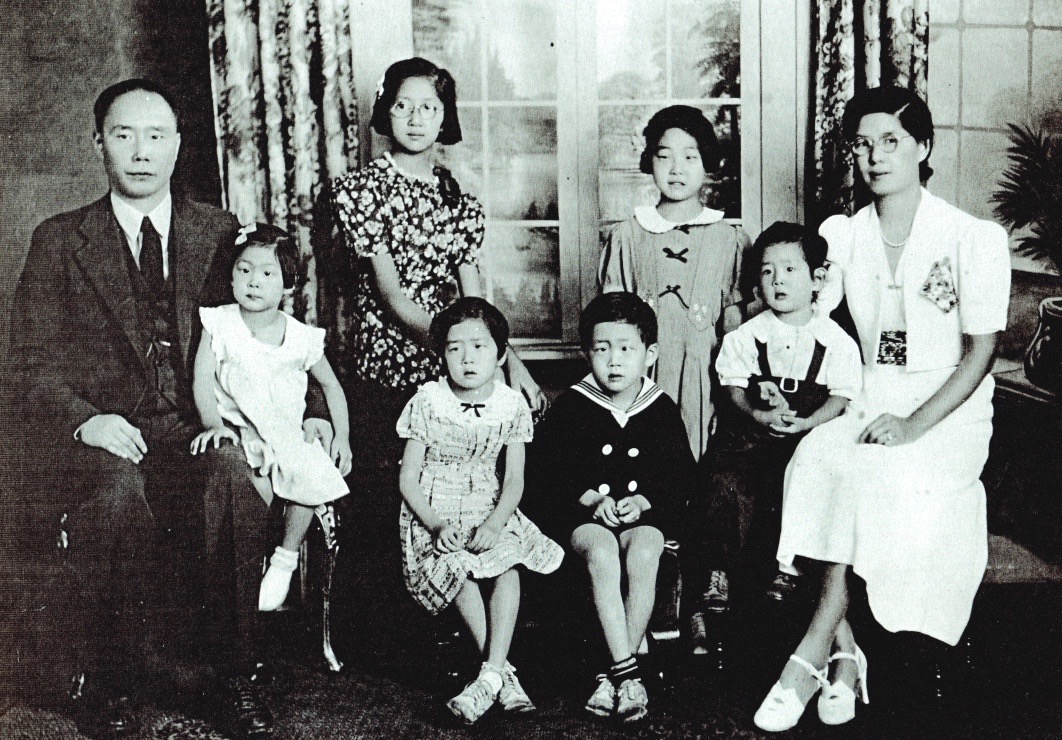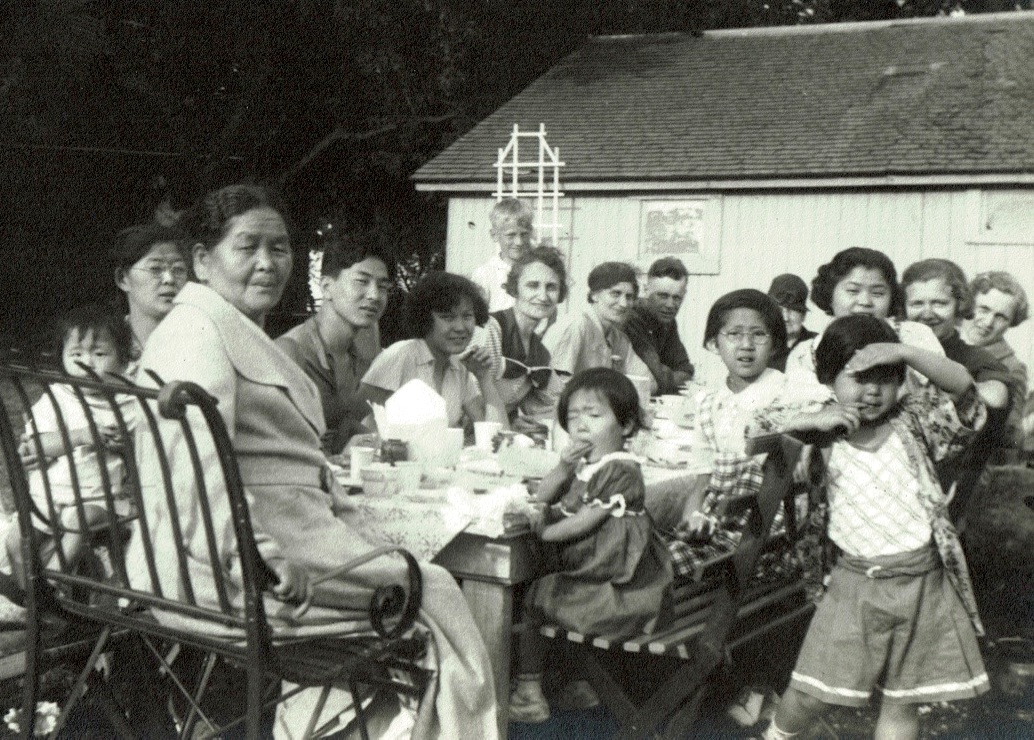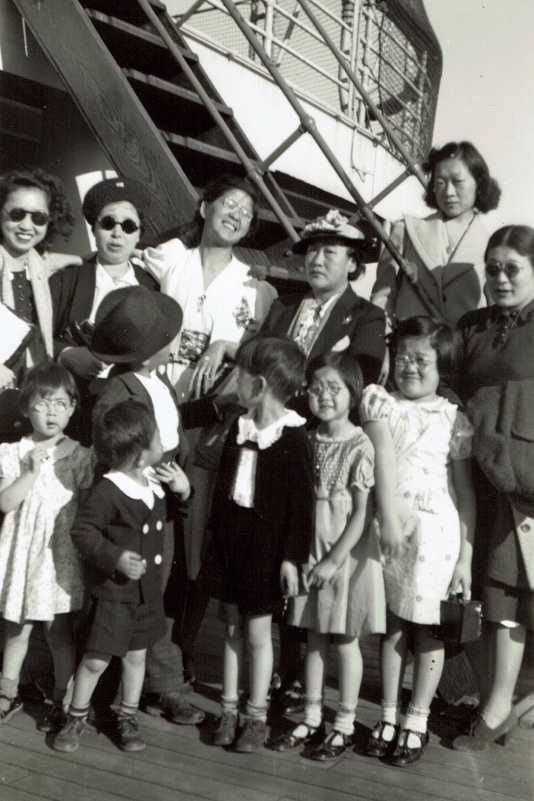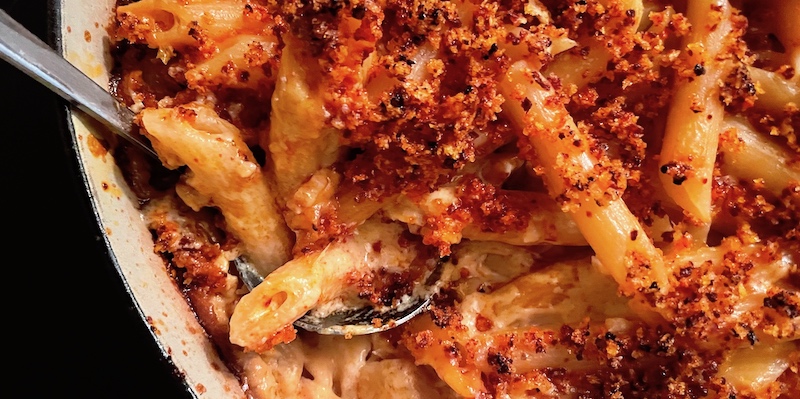
Scratching that Itch: Gochujang Mac'n'Cheese
It was like a tingling between my shoulder blades that I couldn't quite reach. The niggling thought in my brain had been amorphous at first, as elusive as a phantom, but it had the unmistakable flavor profile of the homemade gochujang from my friend Denise's family.
It was even a little scary, a crossing of lines if you will, kind of like the kimchi risotto that I made during the pandemic, trying to use what was in our pantry so we didn't have to make a trip to the store. But with this there wasn't that excuse, since I had everything on hand that I would need. Plus, really, the likelihood of an inedible culinary disaster was remote—my family will pretty much eat anything, exclaiming "tasty!" as they chow down.
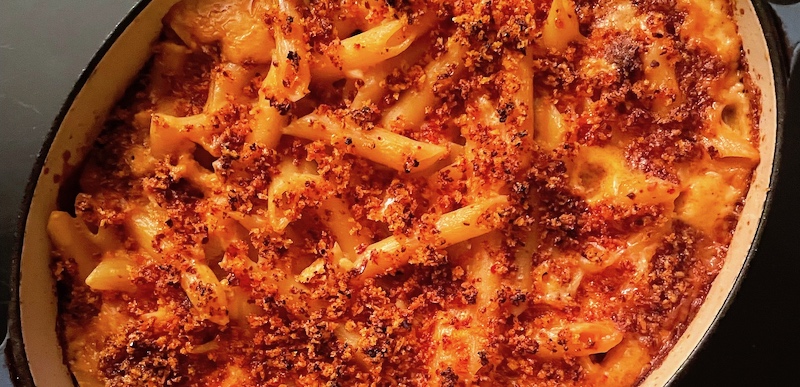 So, to cut to the chase, an attempt at making gochujang mac'n'cheese had been on my mind for awhile. Sure, I've made various iterations of the classic cheesy noodle casserole from versions laced with salmon, Dungeness crab, pimento cheese, even one with a Tex-Mex twist. But a Korean-inflected version somehow seemed like a bridge too far—call me a drama queen, but it gave me the willies.
So, to cut to the chase, an attempt at making gochujang mac'n'cheese had been on my mind for awhile. Sure, I've made various iterations of the classic cheesy noodle casserole from versions laced with salmon, Dungeness crab, pimento cheese, even one with a Tex-Mex twist. But a Korean-inflected version somehow seemed like a bridge too far—call me a drama queen, but it gave me the willies.
Maybe it was the idea of combining cheese with the chiles, fish sauce, sesame oil and miso in the gochujang. But we'd been making kimchi quesadillas—with cheese and the pickled, chile-laced cabbage—for lunch since I'd been making my own kimchi. What was there to be nervous about?
When I ran across a mention of a panko, gochugaru and sesame oil topping that would give the top a nice crunch, suddenly the clouds cleared, the sun came out and all seemed right with the world. I'd still caution the curious to be aware that this is not your mother's mac'n'cheese or anything that Annie or Mr. Newman would put in a box, but it's pretty awesome, if I do say so myself.
Gochujang Macaroni and Cheese
For the topping:
3 Tbsp. Panko
1 Tbsp. gochugaru
2 Tbsp. toasted sesame seeds
1 Tbsp. toasted sesame oil
1/2 tsp. salt
For the casserole:
1 lb. dried pasta (we like penne or rigatoni)
4 Tbsp. butter
4 Tbsp. flour
1 Tbsp. garlic, minced
2 c. milk
8 oz. sharp cheddar cheese, grated
8 oz. cream cheese
3 Tbsp. gochujang
Salt and pepper to taste
Bring a large pot of salted water to boil.
While water is heating, combine the topping ingredients in a small bowl. Set aside.
Over medium heat, melt butter in medium-sized saucepan. Remove from burner and add flour, stirring to combine. Place saucepan back on burner and cook on low heat for 1 minute, stirring constantly. Add garlic and stir briefly. Add milk gradually, stirring until it begins to thicken, then add cheese in handfuls, stirring after each addition until melted. Add cream cheese and stir until sauce is thick and creamy, then stir in gochujang. Add salt and pepper to taste. (The sauce should be slightly saltier than you'd normally make it, since when combined with the pasta it will tend to make it taste less salty.)
Add pasta to boiling water and cook until al dente. Drain and put back in pasta pot, add cheese sauce and stir gently to combine. Transfer to baking dish, sprinkling the topping mixture evenly over it. Bake in 350 degree oven 30 minutes.

